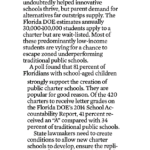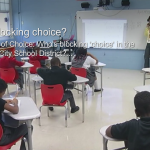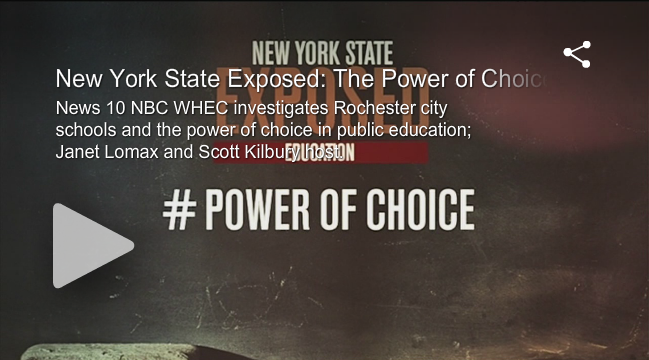
May 29, 2015
Letter to the Editor
by CER President Kara Kerwin
Sun-Sentinel
On May 29, 2015, the South Florida Sun-Sentinel newspaper printed “Charters do more to improve education,” a Letter to the Editor (LTE) written by CER President Kara Kerwin in response to an article that ran on May 27 in the paper called “Improve public schools by limiting charter schools.”















Are We Doing Enough to Affect Change in Education?
On Thursday, May 7th, Paul Public Charter School in Washington, D.C. hosted its 2nd Annual “My Brother’s Keeper…Responding to the Call” event focused on effective efforts to prepare young boys of color for college and community action surrounding those strategies. The forum strengthened the dialogue about key issues like inequality and the achievement gap, an especially significant discussion given the recent happenings in Baltimore, Maryland.
Jami Dunham, CEO of Paul Public Charter School, D.C. native, and Howard University alumna, explained how central education is to helping the country’s most disadvantaged communities, telling those in attendance last night, “What happened in Baltimore is a reflection of the adult culture that has failed those children. We as adults have failed to give them the tools to succeed.”
Dr. Robert Simmons, Chief Innovation Officer at D.C. Public Schools, challenged the audience, saying, “D.C. could easily become Baltimore. We need to ask ourselves if we are doing enough to affect change in education.”
And in fact, just today the Washington Post Editorial Board made this same connection, writing:
Indeed, strong charter school laws are essential in allowing schools like Paul Public Charter School in Washington, D.C. to thrive. In fact, out of the 43 charter school laws that exist today, Washington, D.C.’s is (and has remained for nearly 7 years!) the top-rated charter school law in the nation, allowing D.C. to transform and become a place with schools parents want to send their children.
National Charter Schools week shines a spotlight on the power of education to bring change to communities that need it most. It’s up to us to take action and continue to spread that message and awareness beyond just this week.